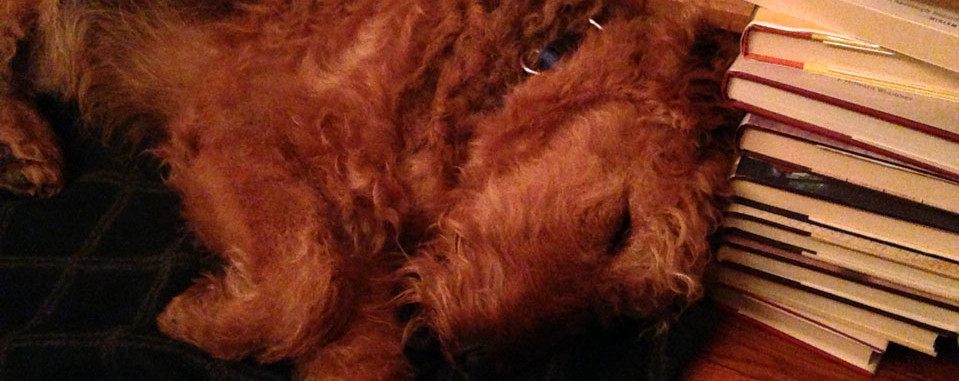For the first time in its 10-year history, CBC’s Canada Reads is turning to non-fiction. Canada Reads: True Stories is all about finding the memoir, biography or work of literary non-fiction for the entire country to read. Starting this week and wrapping at midnight ET on Friday, October 14, Canada Reads is asking for recommendations from Canadian readers of every stripe, interest and inclination. I think Canada Reads is really on to something, and I’m jazzed at the thought that the now familiar Canada Reads process, combining polls and discussions online and offline, will open the diverse realm of non-fiction to a whole new and enthused readership.
I’m also thrilled to have been asked to weigh in with some suggestions, which are being featured on the Canada Reads 2012 web site. (Additionally, I’m thrilled to be in the company of three really insightful Canadian book bloggers: Amy McKie, Sean Cranbury and Allegra Young.) I thought long and hard, and had a much longer list before I had to rather painfully whittle it down to five suggestions, but it was great to contemplate all the literary non-fiction riches this country has produced … and perhaps not fully appreciated.
Applying literary styles and techniques to factual material can pose challenges – ones not always successfully met. The challenges are to keep something factually sound, but to also take those facts and give them new resonance and dimensions. When it is executed freshly but also with sensitivity to the material and the spirit of the real life characters connected to it, literary/creative non-fiction can open up history, biography, memoir, critical thought and more to larger, receptive audiences who will not only benefit, but will be captivated and compelled to learn more and perhaps be influenced in their own work and thoughts.
I believe that my Canada Reads 2012 True Stories choices all venture into uncharted terrain, in terms of both the subject matter and how it is viewed, crafted and retold. Some of that uncharted terrain is literal, and much of it is cultural, intellectual and emotional. Some of it is modest in literal scale – the life, or part of the life, or the thoughts of one person – and some of it is vast in geographic or psychic scale (from the Arctic to, well, mortality). All of it is vast in terms of capturing and re-articulating experiences and perspectives with which the reader might not be familiar.
Through all of the explorations I’ve chosen, the authors resourcefully and creatively probe if not solve mysteries, reveal new worlds and ways of looking at the world, but also open up new emotional and intellectual terrain. Here are my recommendations, with links to reviews previously posted on this blog.
- Frozen in Time
The Fate of the Franklin Expedition
by Owen Beattie and John Grigsby Geiger
Published by Greystone Books - Negotiating with the Dead
A Writer on Writing
(The Empson Lectures)
by Margaret Atwood
Published by Cambridge University Press - The Red Shoes
Margaret Atwood Starting Out
by Rosemary Sullivan
Published by HarperCollins Canada - Cambodia
A Book For People Who Find Television Too Slow
by Brian Fawcett
Published by Talonbooks - In the Land of Long Fingernails
by Charles Wilkins
Published by Penguin Canada
To vote for any of these or the other intriguing and diverse recommendations from Amy, Sean and Allegra, click here.


